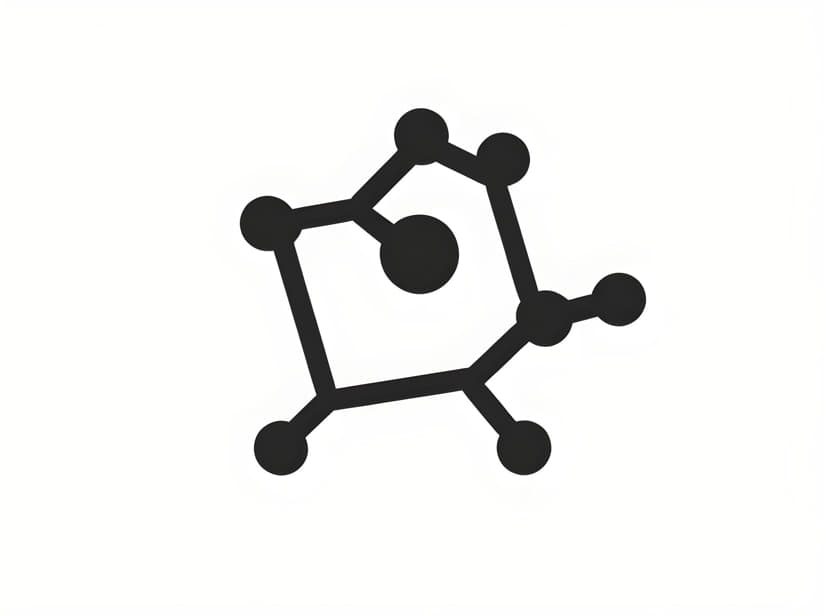
Carbon tetrachloride, with the chemical formula CCl4, is a tetrahedral molecule consisting of one carbon atom bonded to four chlorine atoms. Visualizing its electron dot diagram helps to understand its molecular structure, bonding characteristics, and chemical properties. This article explores the electron dot diagram of carbon tetrachloride, its significance in chemistry, and practical applications in various industries.
Molecular Structure of Carbon Tetrachloride
- Chemical Formula: The chemical formula of carbon tetrachloride is CCl4, indicating that it contains one carbon atom and four chlorine atoms.
- Molecular Geometry: Carbon tetrachloride adopts a tetrahedral geometry due to the arrangement of its atoms around the central carbon atom. In this structure, each chlorine atom is positioned at one of the vertices of a tetrahedron, with bond angles of approximately 109.5 degrees.
Electron Dot Diagram of Carbon Tetrachloride
- Representation: The electron dot diagram, also known as Lewis dot structure or electron dot formula, depicts the arrangement of atoms and valence electrons in a molecule.
- Carbon Atom: The central carbon atom in CCl4 has four valence electrons, which are represented as dots surrounding the atomic symbol (C).
- Chlorine Atoms: Each chlorine atom in carbon tetrachloride has seven valence electrons, depicted as dots surrounding the atomic symbol (Cl).
- Bonding: Carbon tetrachloride achieves stability through covalent bonding, where each chlorine atom shares one of its valence electrons with the carbon atom. This results in four single covalent bonds between carbon and chlorine, forming a stable tetrahedral molecule.
Chemical Properties and Applications
- Solvent: Carbon tetrachloride was historically used as a solvent for oils, fats, and other organic compounds due to its non-flammability and ability to dissolve a wide range of substances. However, its use has declined due to environmental and health concerns.
- Reactivity: While relatively inert under normal conditions, carbon tetrachloride can react with strong reducing agents or in the presence of ultraviolet (UV) light to produce toxic byproducts like phosgene (COCl2) and chlorine gas (Cl2).
- Environmental Impact: Carbon tetrachloride is a persistent organic pollutant (POP) and ozone-depleting substance (ODS). Its production and use are regulated under international agreements, such as the Montreal Protocol, to mitigate its adverse environmental effects.
Safety and Health Considerations
- Toxicity: Exposure to carbon tetrachloride can lead to health risks, including liver and kidney damage, central nervous system effects, and respiratory irritation. Proper handling and protective measures are essential when working with or near this chemical.
- Regulatory Controls: Due to its toxicity and environmental impact, carbon tetrachloride is subject to stringent regulations regarding its production, use, and disposal in many countries worldwide.
Industrial and Laboratory Uses
- Historical Use: Carbon tetrachloride was widely used in the past as a cleaning agent, fire extinguisher fluid, and pesticide. Its applications have since been phased out or replaced with safer alternatives due to regulatory restrictions and environmental concerns.
- Laboratory Applications: In laboratories, carbon tetrachloride may still be used as a solvent for certain chemical reactions or as a reference standard in analytical chemistry, albeit with strict adherence to safety protocols and regulations.
The electron dot diagram of carbon tetrachloride provides valuable insights into its molecular structure, bonding characteristics, and chemical properties. Understanding these aspects is crucial for appreciating its historical significance, current applications, and regulatory considerations in chemistry and industry. While carbon tetrachloride has contributed to various industrial processes and scientific studies, its environmental and health impacts underscore the importance of responsible use and management in modern chemical practices.